Augmented reality was recently named the "Mobile Disruptor of the Year" for 2017 by Mobile Marketer, but the technology is showing no signs of slowing down as we head into 2018. In fact, the technology appears to be gaining momentum.
While Facebook takes aim at future consumers, Starbucks, Swarovski, and others are using mobile AR to attract the consumers of today.
But it's also becoming apparent that, as AR takes hold of the mobile world, often calling for a hands-free hardware solution, AR's real future is in smartglasses. So now some are wondering if we'll be lucky enough to see a mainstream, tetherless AR headset next year, as smartphones continue to do their best to serve our needs in the meantime.
Facebook Sends AR Friend Request to Generation Z
Next to millennials, one of the groups most coveted by brand marketers is "Generation Z," the consumers of tomorrow who were born between 1996 and 2010. On Monday, Facebook established a beachhead with that demographic in the realm of augmented reality by launching Facebook Messenger Kids.
"After talking to thousands of parents, associations like National PTA, and parenting experts in the US, we found that there's a need for a messaging app that lets kids connect with people they love but also has the level of control parents want," said Loren Cheng, Facebook's product management director, in a company statement.
Read on to find out what this means for the future of AR in messaging...
REALITY BITES: Advertisers already have demonstrated some success in using augmented reality to sway consumers. RubyGarage delves into why advertisers should adopt augmented reality in their campaigns now.
Starbucks Debuts in-Store AR in Shanghai
To create a destination for coffee connoisseurs, Starbucks has ordered up a venti cup of augmented reality to make the visit more interactive.
The company's new Reserve Roastery in Shanghai, the second such location of its kind in the world, will be the first Starbucks location to employ augmented reality powered by Alibaba Group's scene recognition platform to integrate the on-site and online customer experiences.
When visiting the 30,000-square-foot facility, shoppers can point the cameras of their mobile devices at points of interest and use the Roastery's web app or Alibaba's Taobao app to access AR content about Starbucks and coffee. The AR platform also provides a digital menu that displays details of the coffee bars, brewing techniques, and more.
Could this be the immediate future of AR for all retail locations?
REALITY BITES: Market analysts Digi-Capital reports that 27 startups in the AR and VR sectors raised more than $1 billion in funding in October and November, headlined by deals by Niantic and Magic Leap. That brings the total for the year to $2.5 billion, with a few weeks still left to go before the new year.
Swarovski & Others Bet on AR to Bring Holiday Shoppers to Malls
Nowadays, with the convenience of online shopping, brick-and-mortar retailers and malls have to work harder to draw shoppers to stores. This year, many of them are turning to augmented reality for assistance.
Mall mainstay Swarovski has partnered with AR developer Perfect Corp. to design three filters to showcase the retailer's crystal jewelry styles. The filters are accessible exclusively at the Crystals from Swarovski pop-up store in New York until Dec. 11, after which the effects will be available to all via the YouCam Makeup (iOS | Android) and YouCam Fun (iOS | Android) apps.
Swarovski isn't alone in this endeavor. Find out who else is using AR to lure holiday shoppers...
REALITY BITES: You know that meme showing the guy gawking at a woman on the street, to the dismay of his girlfriend? Well, in this case, virtual reality might be the girlfriend, with augmented reality being the other woman, and consumers being the sketchy boyfriend. The Economist explores the shifting of demand.
First Consumer AR Smartglasses Could Feature Lumus Optics
Transparent display maker Lumus has reached a deal to license its augmented reality optical engine models to Quanta Computers for mass production of displays for consumer smartglasses.
Under the terms of the deal, Quanta will manufacture and market AR headsets featuring optical technology from Lumus, as well as supply optical engines to other AR device makers. Lumus estimates that headsets with its technology will begin shipping within 12 to 18 months.
Who are these other AR device makers? And how does this deal impact the headset market? Let's take a look...
Every Friday, Next Reality reviews the latest headlines from the financial side of augmented and mixed reality. This weekly Market Reality column covers funding announcements, mergers and acquisitions, market analysis, and the like. Check out previous editions of Market Reality for more news you may have missed.
- Follow Next Reality on Facebook, Twitter, Instagram, and YouTube
- Sign up for our new Next Reality newsletter
- Follow WonderHowTo on Facebook, Twitter, Pinterest, and Google+
Cover image via Alibaba Group/YouTube


















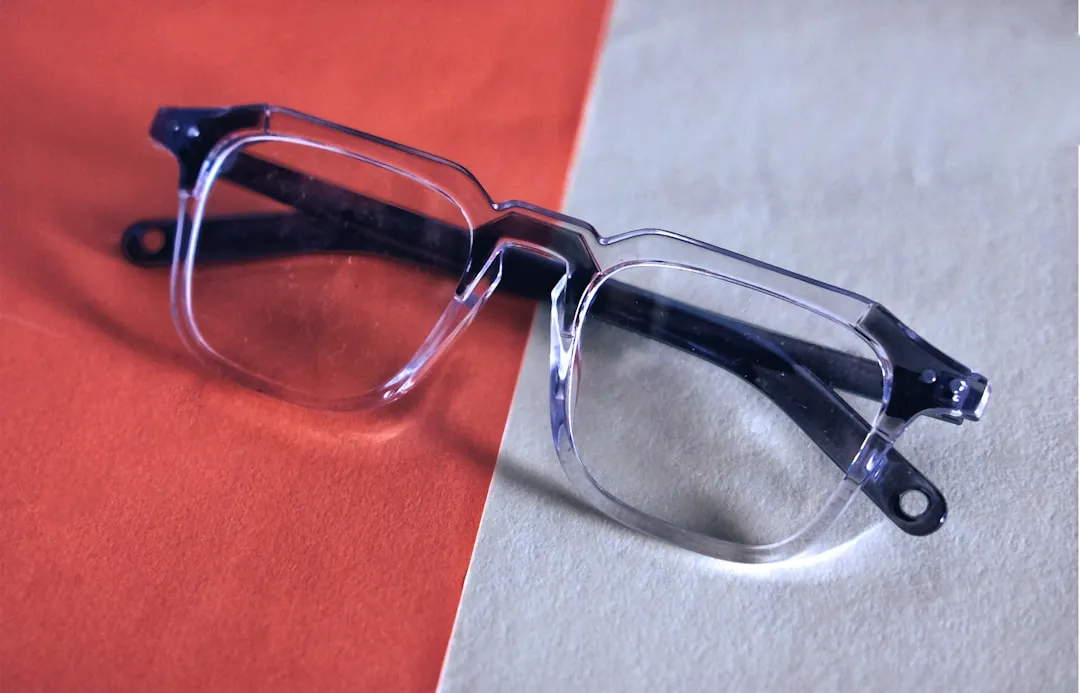
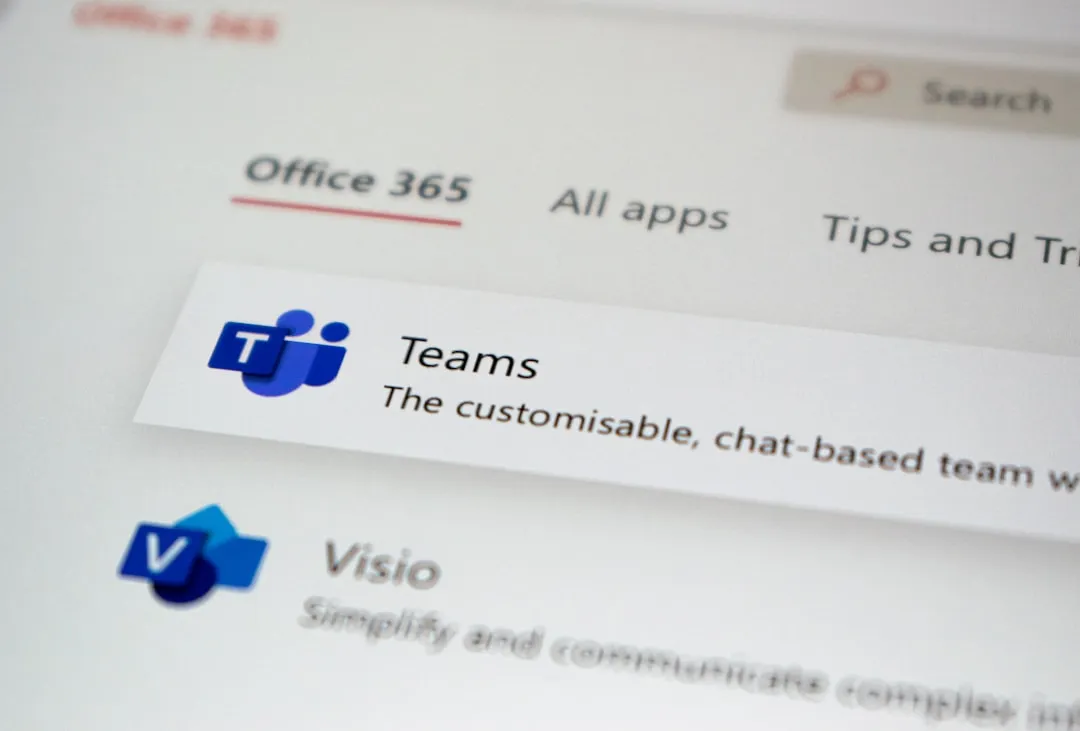

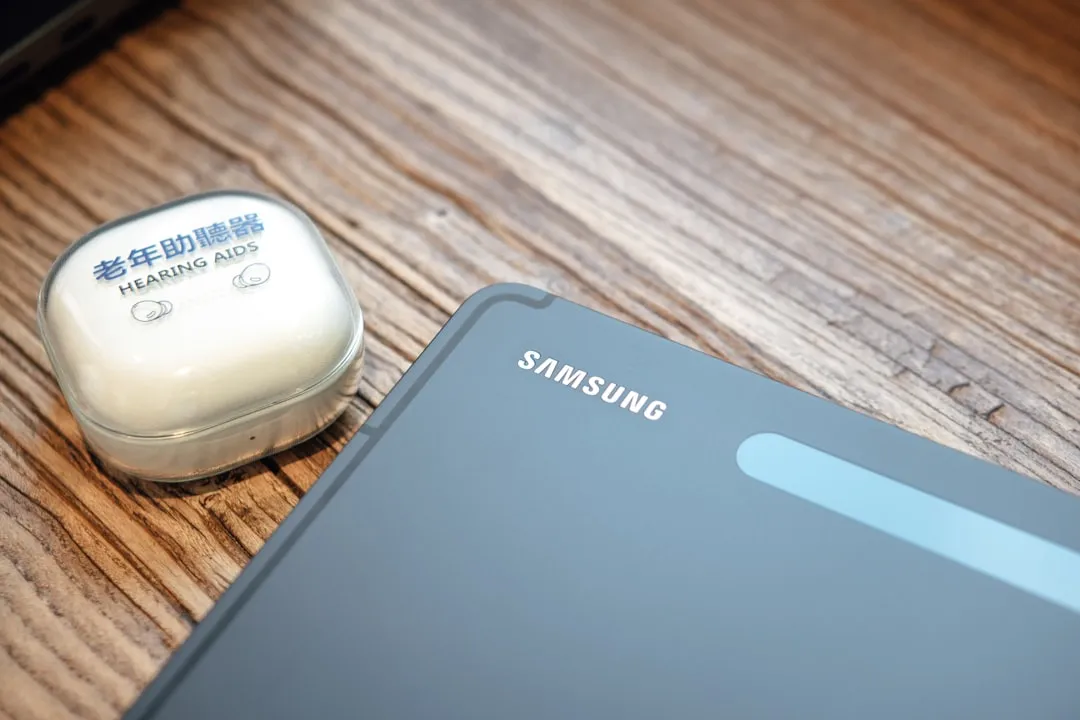
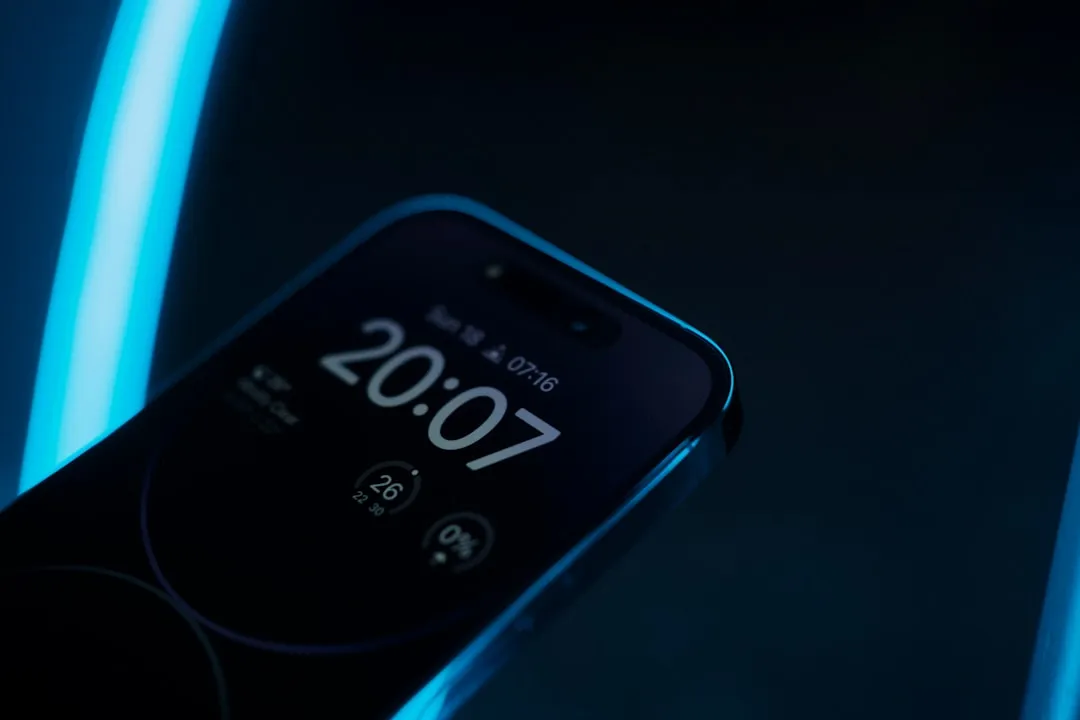
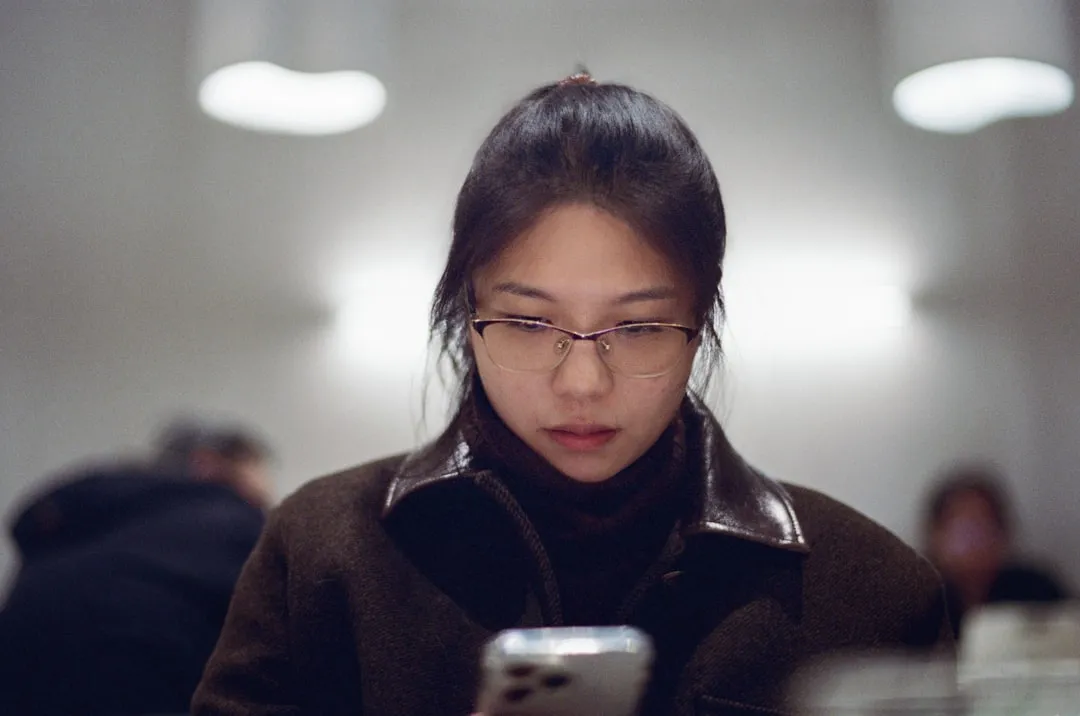
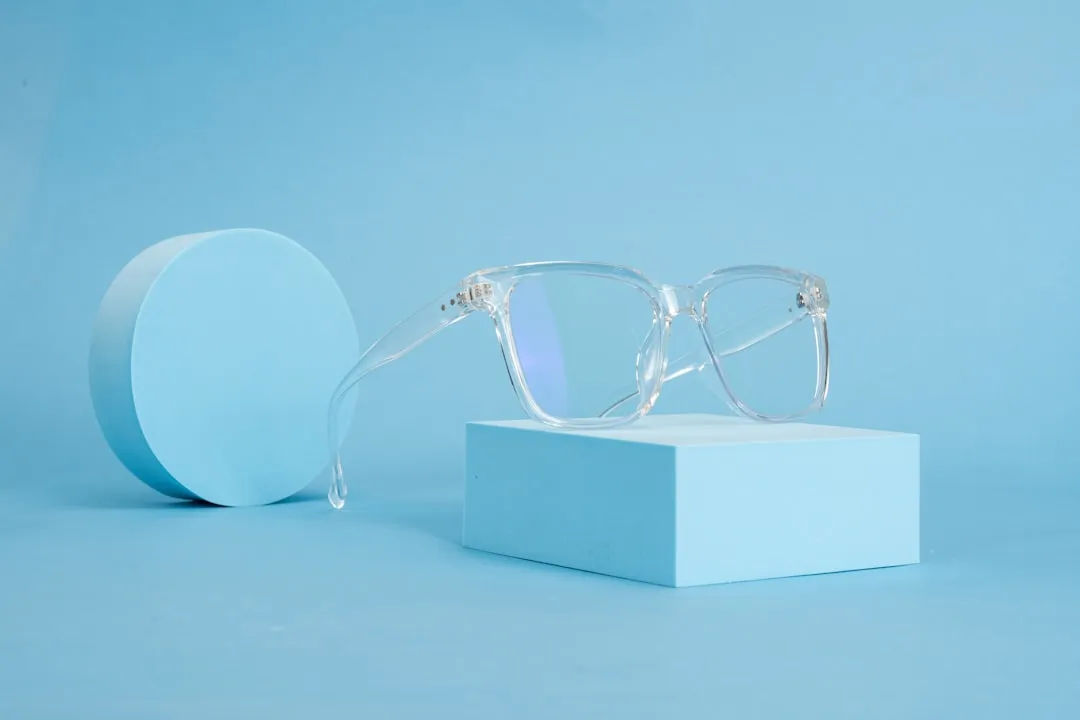


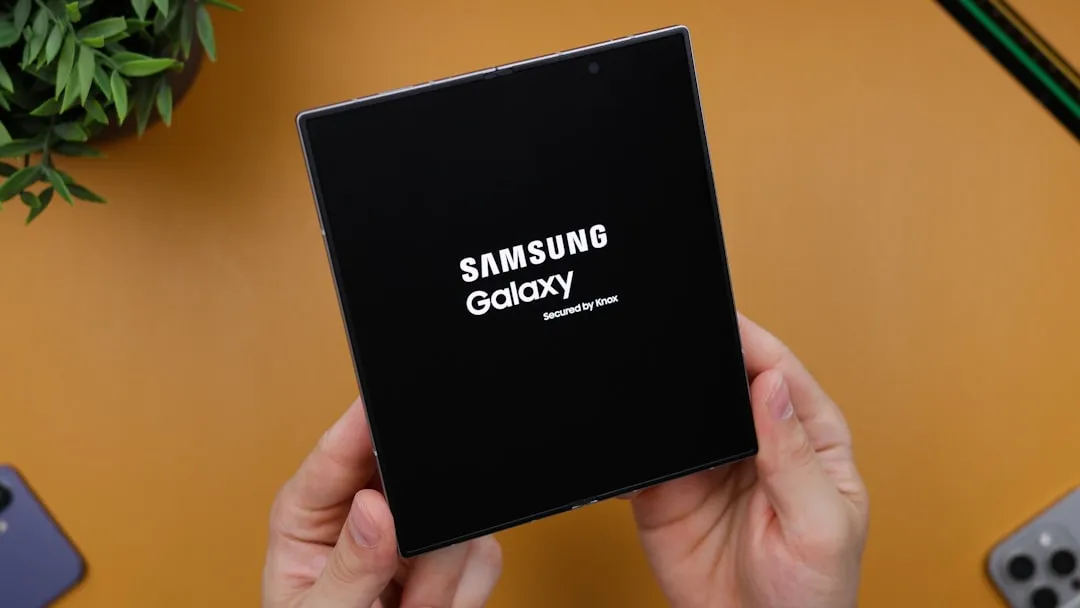

Comments
Be the first, drop a comment!